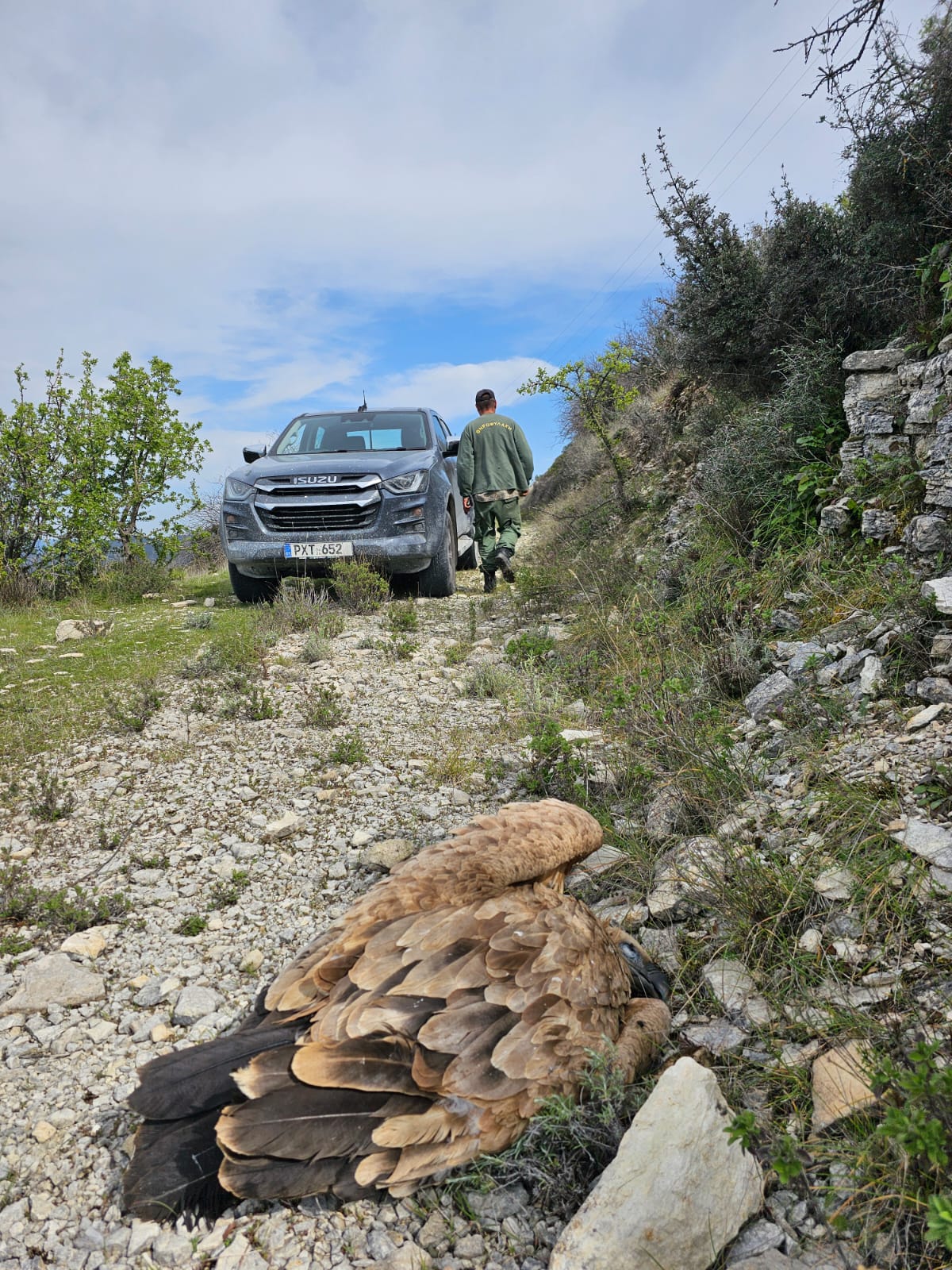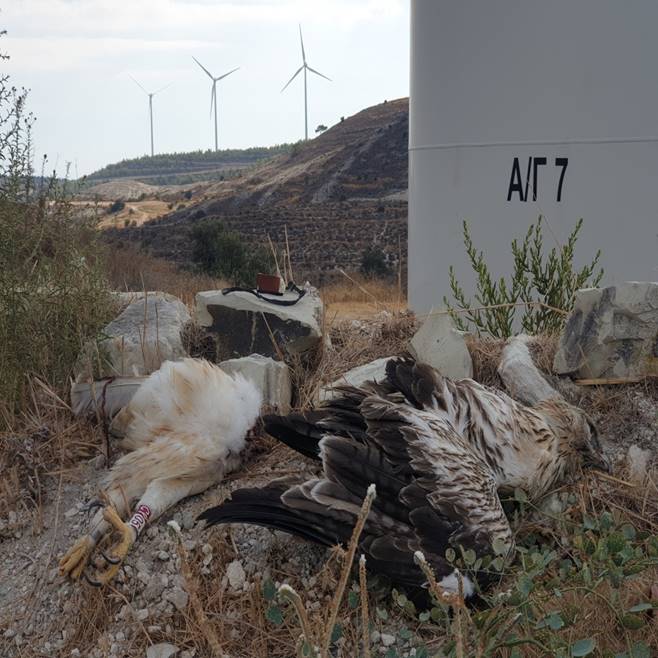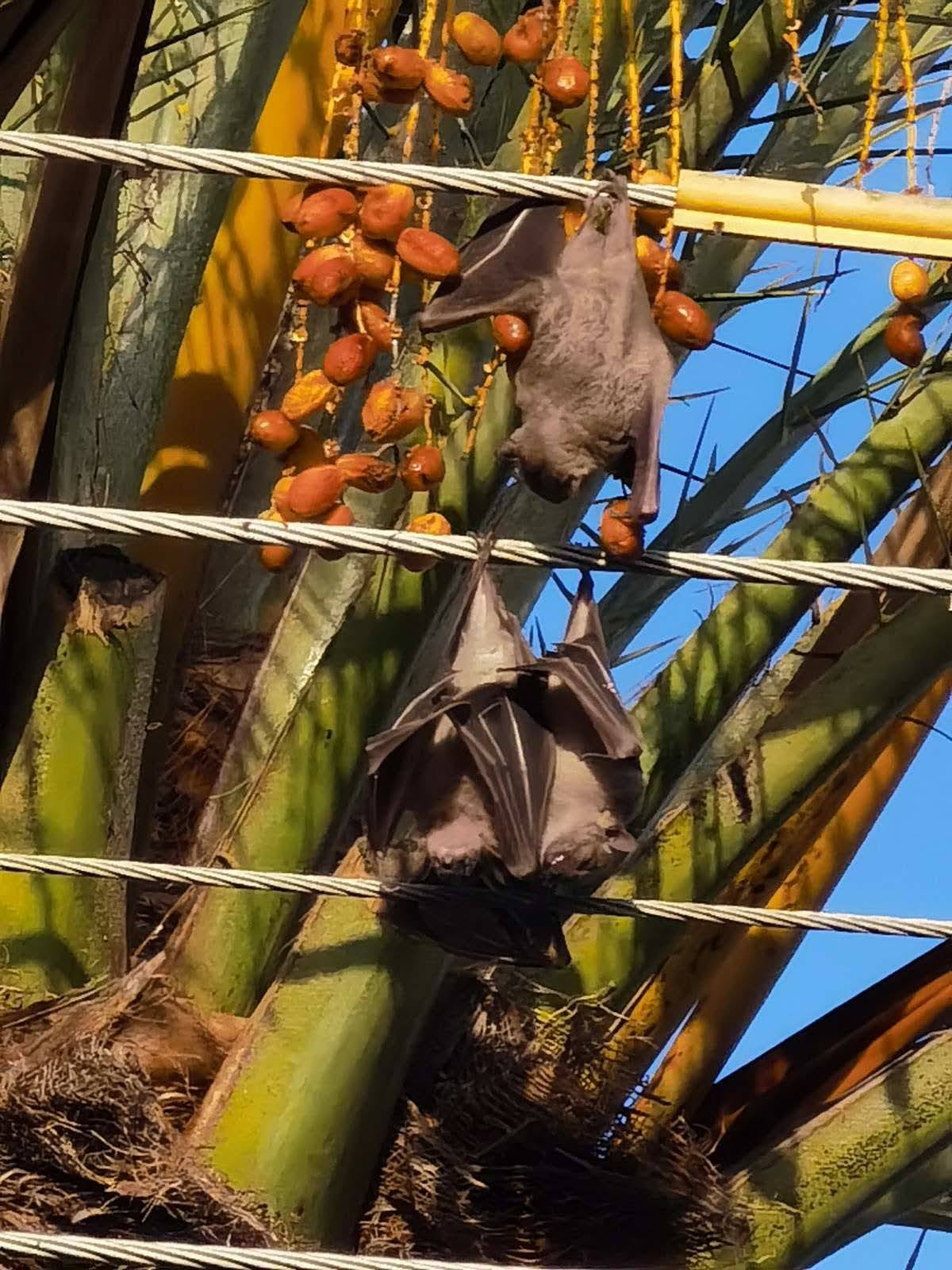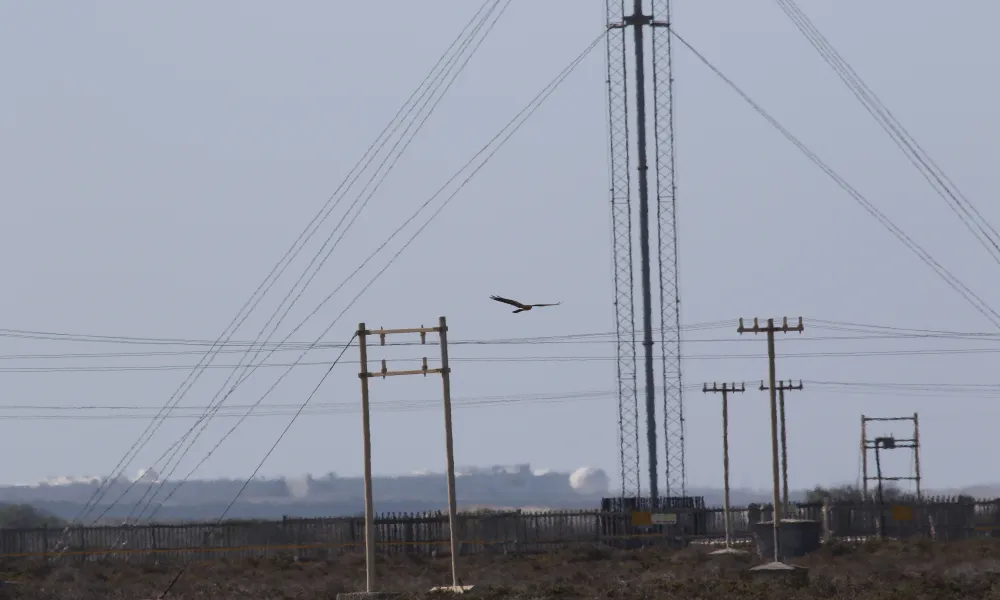Wild birds in Cyprus continue to die from contact with power lines, electricity pylons, telecommunications antennas and wind turbines, prompting urgent calls for stronger mitigation efforts across the island.
Shocking incidents reported nationwide underscore the gravity of the issue, with environmentalists and conservation authorities calling for enhanced infrastructure safeguards to protect endangered species, especially birds of prey such as Bonelli’s eagle and the Griffon vulture.
According to the Cyprus Game and Fauna Service, these threats now represent one of the most serious risks to native bird populations, second only to poisoning.

Biggest culprits: electrocution and poisoning
The issue is far from local. Recent international studies confirm that electrocution is the leading cause of human-induced bird mortality worldwide, ahead of illegal killings and poisoning.
A comprehensive study published in Biological Conservation (Vol. 293, May 2024), which included data from Cyprus, analysed 1,704 bird mortality records along the Afro-Eurasian flyway, spanning from 2003 to 2021 and covering 45 species, including eagles, storks, and cranes. The findings were striking:
-
Electrocution accounted for 40.5% of all human-caused bird deaths.
-
Illegal killing made up 21.7% and poisoning 16.3%.
-
A staggering 49% of bird mortality incidents were linked to energy infrastructure, either through electrocution, power line collisions or wind turbine strikes.
GPS tracking data used in the study demonstrated that anthropogenic causes outnumbered natural causes of death in nearly every region and taxonomic group analysed.
Data paints a troubling picture
In Cyprus, two major conservation projects, the LIFE Bonelli EastMed and LIFE with Vultures, have helped map the extent of the crisis. The Game and Fauna Service, a project partner, reports the following casualties since the start of these initiatives:
-
9 Bonelli’s eagles have died due to electrocution or collision with power lines.
-
6 Griffon vultures were electrocuted.
-
3 vultures died after colliding with cables.
-
One Bonelli’s eagle was the first recorded death in Cyprus caused by a wind turbine collision, at a wind farm in Kosi, Larnaca.
“These threats were recognised as critical and have been quantified through the two LIFE projects,” said Nikos Kassinis, Senior Officer at the Game and Fauna Service. “They were partially addressed by actions such as marking high-voltage cables and insulating medium-voltage pylons, but much more needs to be done.”

Urgent call for targeted mitigation and monitoring
Kassinis emphasised that while some infrastructure improvements have been funded by the LIFE programmes, the need for increased nationwide investment is urgent.
“We must extend efforts to a wider network. There are many areas where cables still need to be marked and pylons insulated,” he said.
Priority actions include:
-
Installing more bird deflectors on power lines and wind turbines.
-
Increasing the number of insulated pylons in bird migration zones.
-
Developing a nationwide antenna monitoring plan, to track dangerous areas and assess damage through recorded deaths.
-
Completing the marking of wind turbine blades, which is still pending.
The Game and Fauna Service has already provided data to the Electricity Authority of Cyprus (EAC), identifying areas with high bird activity, particularly those tracked using transmitters. While some upgrades have been made, significant sections of the grid remain unaddressed.
Telecommunication antennas on mountaintops also pose a threat, not because of the antennas themselves, but due to their power supply lines, which are often unmarked and unmonitored.
Danger zones include Akrotiri Peninsula, a major migratory route with large concentrations of wild birds, as well as mountainous areas where antennas are densely installed.
“Wild birds, especially large species like raptors, storks and herons, are vulnerable when flying near these structures. It’s very easy for them to crash into them or be electrocuted, especially at dawn, dusk or in fog,” Kassinis explained.

Poisoning still a major problem
The LIFE Bonelli EastMed project has also fitted dozens of young Bonelli’s eagles with GPS-GSM transmitters, revealing that shooting remains a primary cause of death, particularly near small livestock farms.
Poisoning both deliberate and secondary (from eating poisoned rodents) is also widespread.
During the project, nine eagles were confirmed to have died from electrocution or collision, one from a wind turbine, and another from secondary poisoning after consuming a rat laced with rodenticide.
The situation for Griffon vultures is equally dire. In the LIFE with Vultures project, eight vultures were lost: six to electrocution, and two to cable collisions.
